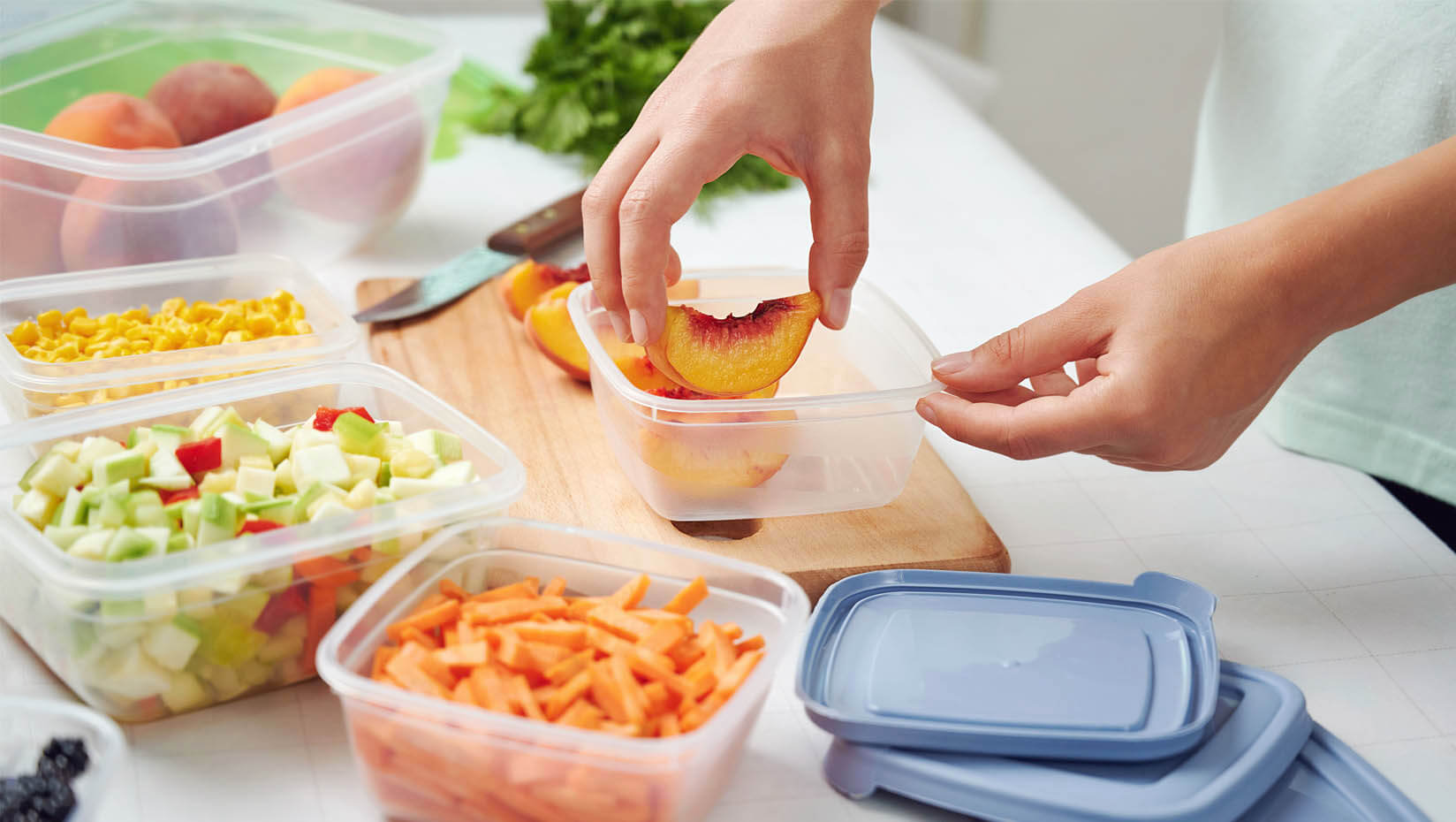Discarded food is piling up in trash bins and landfills, causing harm to the environment, national global food security, and consumers’ wallets.
In 2019, the Environmental Protection Agency estimated that each year, U.S. households trashed 26.5 million tons of food, or 338 pounds per person. That’s enough to feed 26.5 million people in a year or about 350,000 U.S. residents over their lifetimes. According to the USDA, 30–40% of the U.S. food supply is wasted.
Reducing this food waste could benefit society by helping to feed people in need, eliminating the valuable resources used to produce the wasted food, and mitigating the climate impacts caused by rotting food waste in landfills. Maine is spotlighting the issue and encouraging everyone to help tackle it with the inaugural Maine Food Waste Awareness Week Sept. 25–29, an initiative launched in part by the advocacy of University of Maine students and faculty.
In honor of the celebration, UMaine experts are sharing easy tips to help keep food out of landfills.
Smart storage
Creating an organization system in your home that reflects both the necessary food storage requirements and your personal habits can help ensure that food gets eaten in a timely fashion and not thrown out.
Susanne Lee, a faculty fellow with the UMaine Senator George J. Mitchell Center for Sustainability Solutions, says consumers should create an “eat this first” section in their fridges as a reminder to use food items that are most likely to spoil. To minimize food spoilage, Lee says consumers should also research how to properly store those foods that most often spoil in their households.
“Don’t use ‘Best Buy’ and ‘Use By’ date labels to manage your pantry food storage, except for baby formula and fresh meat and seafood,” Lee says. “Misleading food date labels have been estimated to contribute to nearly 20% of household food waste.”
UMaine Sustainability Director Daniel Dixon says consumers should store any leftovers they don’t plan to eat for the week in the freezer. They should also label their packages before they freeze them. Keeping meat and fish packaged in small quantities makes them easier to use without waste, Dixon says.
“You should also invest in a good quality set of food storage containers, so you don’t waste any leftovers,” he says. Using freezer-grade containers will result in higher quality frozen foods.
Mindful meal planning
Meal prep at home and in the store can play a critical role in minimizing food waste.
Before going grocery shopping, consumers should double check their fridge to see if they already have what they need, Lee and Dixon say. Consumers should also create a weekly meal plan, shop with a list and stick to it.
“Don’t let great deals or tasty displays get you to buy more than you need,” Lee says.
Buy small quantities of fruit to avoid spoilage and purchase non-perishable food staples in bulk when possible to prevent food packaging waste, Dixon says. When possible, shop local, he says.
“Don’t be afraid of ugly produce, it tastes the same as the pretty stuff,” Dixon says.
When planning meals for the week, UMaine Extension professor Kathly Savoie says consumers should set aside one meal dedicated to eating up leftovers. “The reality is that most of the time when people bring leftovers home from a restaurant, they end up in the waste stream,” she says.
Creative cooking
While minimizing personal food waste involves a little extra effort, it also offers opportunities for fun and creativity in the kitchen. Just remember to cook for the right number of mouths in the household, or plan to use leftovers, Dixon says.
Scraps, trims, and peelings are not necessarily waste. For example, boiling bones and veggie peelings can make a tasty soup broth or stock, Dixon says. The same is true for many types of leftovers.
“Getting creative with how you turn those leftover mashed potatoes or ham steaks from previous meals into another one is a great way to repurpose leftovers,” Savoie says.
Lee says there are numerous cookbooks, websites and videos that offer creative ways to use scraps and leftovers. Some of her recommendations include the Food Rescue MAINE website, its video about waste reduction in the kitchen; the Supercook recipe search engine; and the free, downloadable Ikea “The ScrapsBook Cookbook.
Consumers can save their excess produce through canning, pickling, dehydrating or turning them into jams. UMaine Extension offers many food preservation resources, fun recipes and a meal planning activity that allows participants to save food and money. Whatever they make, Savoie says consumers should also remember to keep food safety in mind, adding that UMaine Extension also has many food safety resources.
“If you can’t eat everything you make, give it away to someone else who can,” Dixon says. “You can also collect your food scraps and find a nearby farm or neighbor with chickens that will take your scraps.”
Contact: Marcus Wolf, 207.581.3721; marcus.wolf@maine.edu
Credit: Source link













































